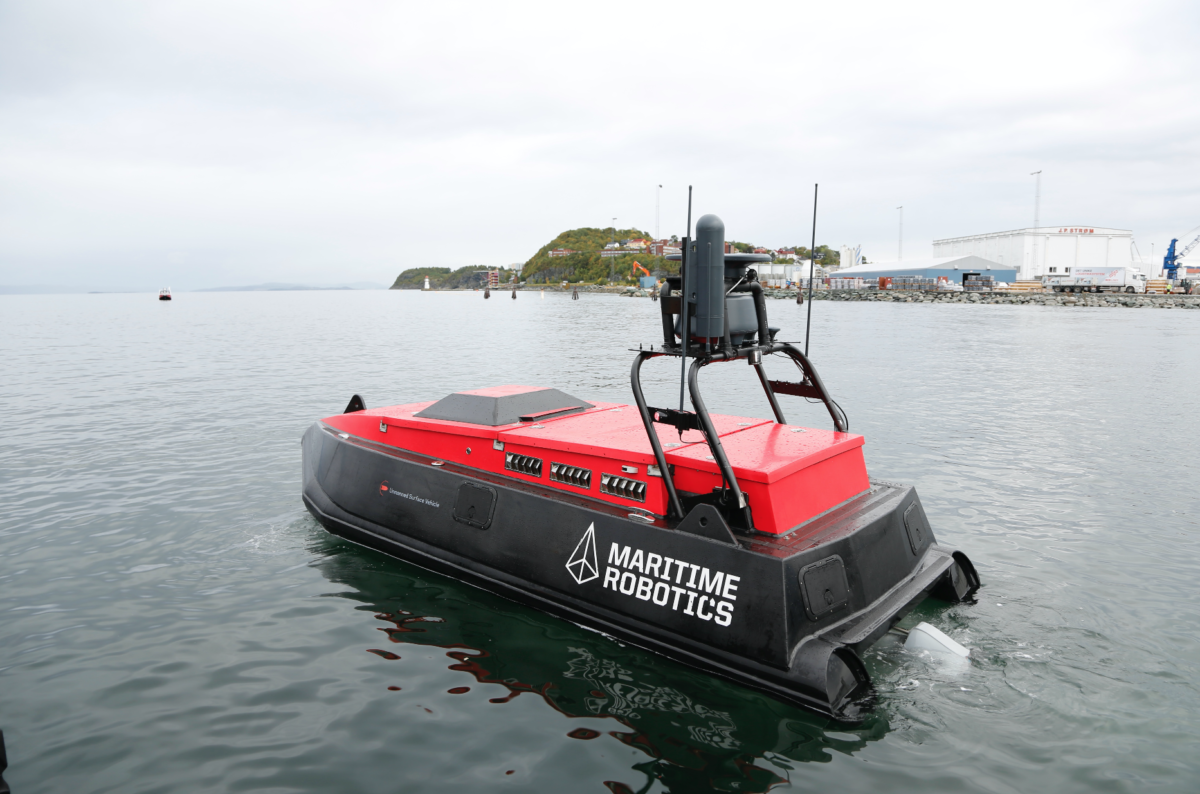
Rolls-Royce will supply the tug boat sector with its first hybrid propulsion arrangement for installation to a multi-purpose tractor tug undergoing construction for Baydelta Maritime LLC. The vessel is being built at Nichols Brothers Boat Builders, in Washington State, U.S.A.
The order represents the first hybrid tug using proven Rolls-Royce hybrid technology, the first installation of a hybrid system for Nichols Brothers and the first hybrid tug designed by Jensen Maritime, Crowley Maritime Corp’s Seattle-based naval architecture and engineering firm.
The 100-foot long tug will feature the same ship assist and tanker escort capabilities of existing Delta Class harbour tugs but with greatly improved towing performance. The Rolls-Royce hybrid system enhances the Continue reading “Rolls-Royce to provide tug sector with its first Hybrid System”










